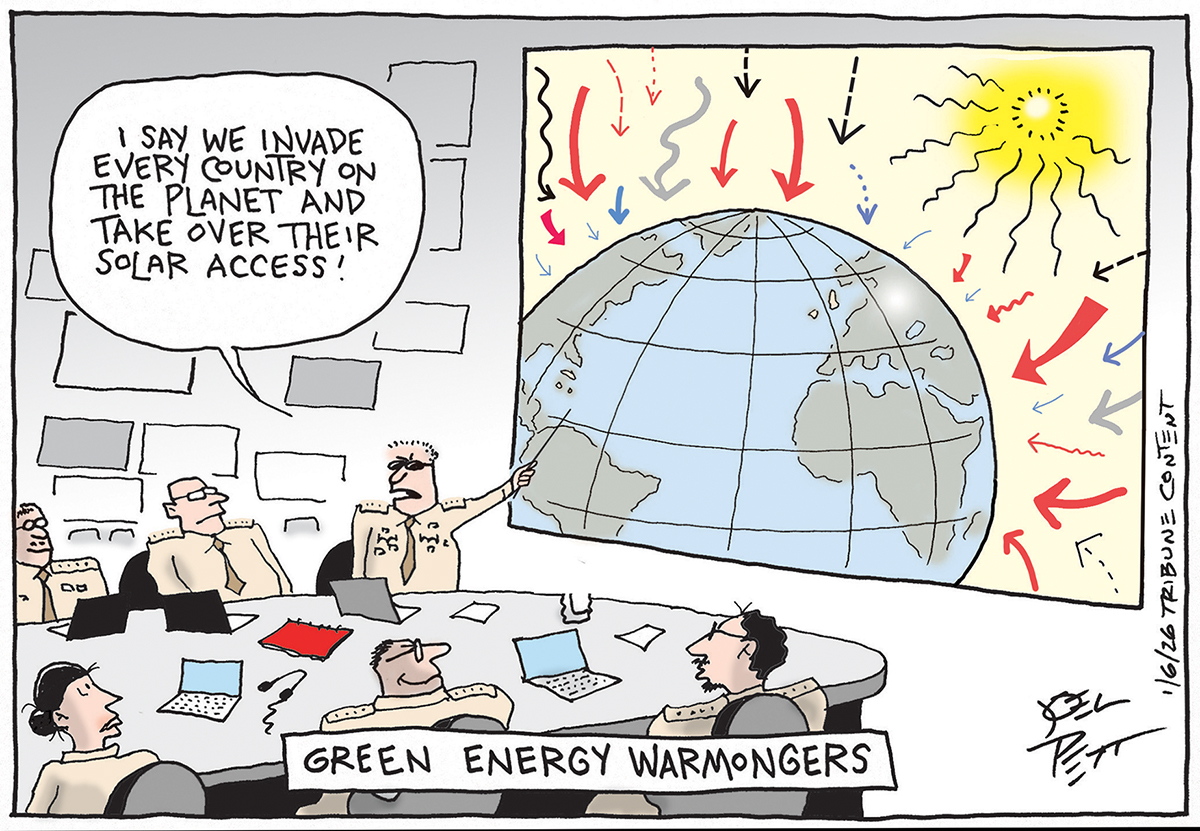Obama's new clean power plan almost certainly won't raise your electric bill. That's a bad thing.
If we're serious about addressing climate change, then we're going to have to take an economic hit at some point


This week, the Obama administration and the Environmental Protection Agency put the finishing touches on their "Clean Power Plan."
The finalized version is both more and less ambitious than the initial proposal released last year. The plan will now cut carbon emissions from U.S. power plants by 32 percent from 2005 levels by 2030, instead of 30 percent. At the same time, states now have until 2022, rather than 2020, to meet their first set of midway targets.
Moreover, Mike Grunwald's dissection of the plan in Politico pointed out that the U.S. is already 15.4 percent below 2005 levels. So we're well on our way to hitting the target. A lot of that drop was due to the recession, so there's no guarantee it would continue without regulatory intervention. But what the plan largely does is lock in trend lines the U.S. economy was already on — and maybe nudge us slightly past them.
The Week
Escape your echo chamber. Get the facts behind the news, plus analysis from multiple perspectives.

Sign up for The Week's Free Newsletters
From our morning news briefing to a weekly Good News Newsletter, get the best of The Week delivered directly to your inbox.
From our morning news briefing to a weekly Good News Newsletter, get the best of The Week delivered directly to your inbox.
Another bit of evidence the plan is actually pretty weak tea: It almost certainly won't raise energy prices. In fact, the Environmental Protection Agency (EPA) estimates the average American utility bill will actually go down $85 as a result of the Clean Power Plan.
Hold on, isn't that good news?
Well, politically, it certainly is. One of the biggest weapons opponents of climate action have is the threat of higher energy prices. So it's always a help when proponents of that action can point to serious economic analysis showing such hikes aren't likely.
To a degree, it's also substantively good news as well: EPA officials told Grunwald they underestimated how rapidly renewables like wind and solar are growing. At the aggregate national level, many of these forms of energy are either equal, or pulling equal, with the costs of traditional fossil fuels like coal and oil and natural gas.
A free daily email with the biggest news stories of the day – and the best features from TheWeek.com
So in many respects, EPA is going after the low-hanging fruit: pushing the economy to adopt changes that already make economic sense on strict cost-benefit terms, but that wouldn't happen as quickly if left up to the inertia of the market. Free market idealists like to think that, because of competition, companies have already hit on the most efficient and lowest-cost ways to make use of energy. So any forced change couldn't possibly do anything but raise prices. This is largely baloney: There's a long history of environmental regulations successfully forcing change to cleaner ways of doing business, at tiny fractions of the costs estimated by the EPA, much less by the businesses themselves.
But is all this enough? Probably not. Even when you throw in the smorgasbord of other regulatory changes the Obama administration has rolled out — for vehicle emissions standards, air quality rules, and more — they don't come anywhere close to the 25 percent reduction below 1990 levels we'd need by 2020 to hold off the worst effects of climate change.
Scientists and policymakers have converged on two degrees Celsius as the threshold above which global warming cannot go if we're to keep risks of catastrophe to a reasonable minimum. We're nowhere close to that. And frankly, the speed and ferocity of the global emissions cuts needed to stay under it at this point probably verge on the impossible.
A big reason for all that is we haven't made relying on fossil fuels nearly painful enough from a price perspective.
Fundamentally, fighting climate change is a game of playing the odds. We don't know exactly how much the global ecosystem's heat content will rise in response to different amounts of carbon dioxide. And we don’t know exactly what upheavals in the global climate any particular change in heat content will bring. But we can make some reasonably educated guesses, and provide a range of odds for likely and less likely scenarios. The trajectory global carbon emissions are on right now will almost certainly blow well past the 2°C threshold, and the most likely climate scenarios at that point are rather unnerving: sea level rise, heat waves, droughts, and big shifts in habitable areas, workable agricultural land, and available freshwater.
But it's the less likely scenarios that are truly catastrophic.
Now, this being a game of odds, we could continue on our current path and still miss those doomsday outcomes. But would you get on a rollercoaster — even the most exciting rollercoaster ever built — if you were informed you had a one-in-20 chance of dying on it?
So what we need to do is shift the most likely spread of odds to less destructive scenarios. That will downshift the less likely outcomes as well. This gets us back to the economics, because we do that by bringing the costs of those middle-of-the-road outcomes into the here and now. This is what we mean when we speak of markets as a system of "price signals." Prices tell everyone how to use and deploy resources, and right now the prices in the economy do not account for the future costs of climate change.
This is the other fundamental point of climate policy: One way or another, we will pay the costs. It's just a question of whether we pay some now, or risk paying far worse costs in the future.
It's possible that a policy — be it regulations, a carbon tax, or a cap-and-trade system — aggressive enough to cut carbon emissions down below the 2°C threshold wouldn't come with energy price hikes in the short term. But at this point the chances are exceedingly minute.
This needn't be a political nonstarter. Any sane approach to climate policy would include heavy levels of cash assistance for the bottom of the income ladder, both to offset the costs of any possible price hike, and to help pay for the investments needed to adapt to the climate change that's already unavoidable. In fact, national proposals for a carbon tax already do this, by divvying up the revenue into equal checks that go out to every American.
One of the big reasons Americans are paranoid about energy costs is because we tolerate ridiculous levels of poverty and inequality, leaving many people in precarious budget circumstances. That makes higher electricity costs understandably vexing, and economic binges on cheap and abundant fossil fuels understandably attractive. And it makes people understandably wary of tackling big global problems like climate change that can seem distant and abstract.
Conversely, a more egalitarian America would be far better equipped in every way — socially, politically, economically — to do what we need to do for the future of our shared civilization on this planet.
Jeff Spross was the economics and business correspondent at TheWeek.com. He was previously a reporter at ThinkProgress.
-
 Political cartoons for January 11
Political cartoons for January 11Cartoons Sunday’s political cartoons include green energy, a simple plan, and more
-
 The launch of the world’s first weight-loss pill
The launch of the world’s first weight-loss pillSpeed Read Novo Nordisk and Eli Lilly have been racing to release the first GLP-1 pill
-
 Six sensational hotels to discover in 2026
Six sensational hotels to discover in 2026The Week Recommends From a rainforest lodge to a fashionable address in Manhattan – here are six hotels that travel journalists recommend for this year
